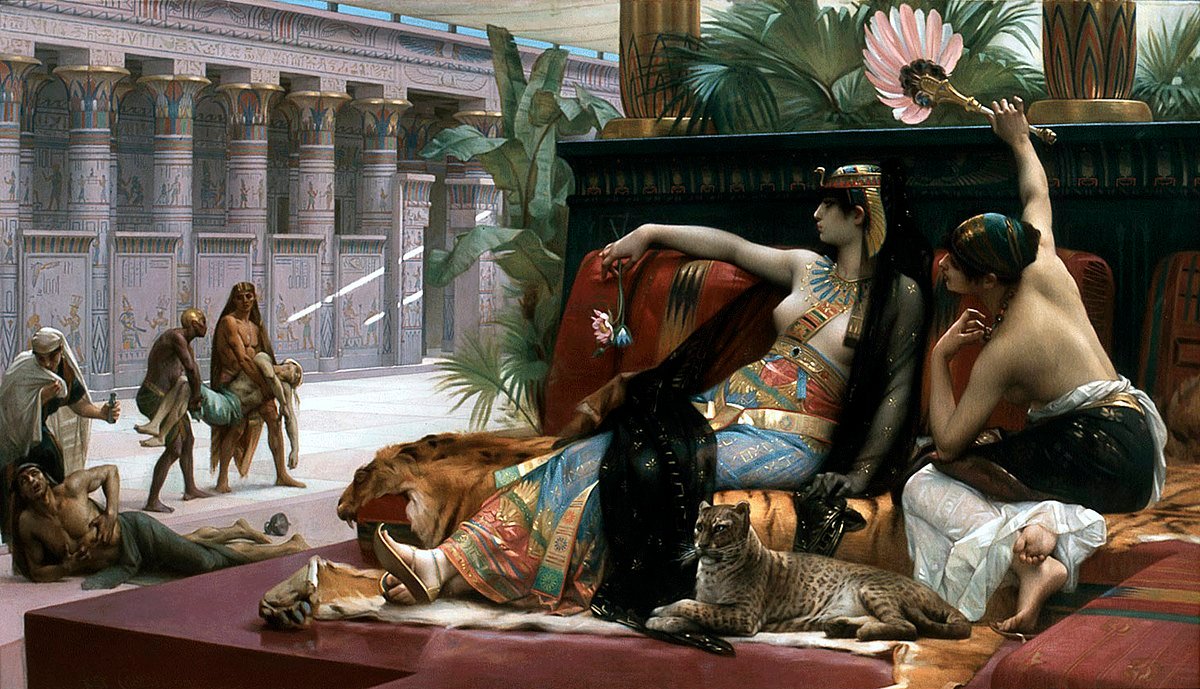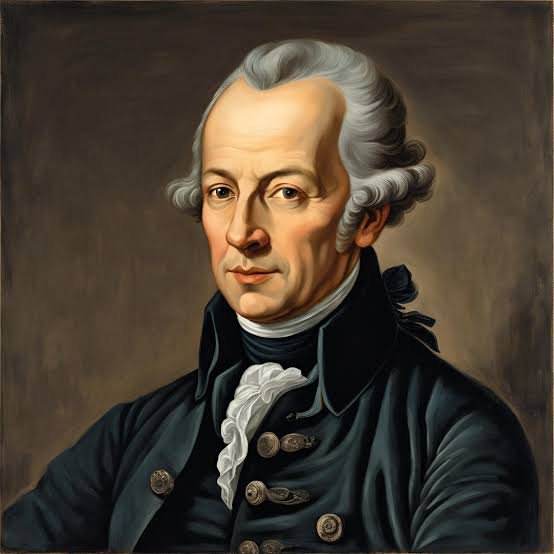
Benito Pérez Galdós passed away on January 4, 1920. Each year, a memorial event was held at the statue made by Victorio Macho in Madrid’s Parque del Retiro. However, in December 1936, Madrid was under siege by rebel forces and the customary floral tribute at the statue could not take place.
Nevertheless, the socialists, who greatly valued Pérez Galdós, especially when he led the Republican-Socialist Conjunction, offered him a modest homage in the pages of El Socialista. It was modest because it included just a brief column, but the progress of the war was a priority and there wasn’t much space in the pages of the workers’ newspaper. In any case, it remains significant that they remembered his figure.
Indeed, in January 1937, the 17th anniversary of the writer’s death was commemorated. The column in El Socialista was significantly titled, «Yesterday marked seventeen years since the death of Pérez Galdós. The people of Madrid could not pay him the fervent tribute of other anniversaries.»
The war had prevented them from «carrying out the pleasant task of previous years.» The newspaper, with a melancholic tone, noted that Galdós’ statue had «remained silent and cold, without the warmth lent by its usual visitors.» But the Madrid proletariat, who at that time suffered a «foreign siege,» would have remembered Benito Pérez Galdós, with a silent but «emotionally charged and affectionate» recollection, because they could not forget that the writer had taught them the courage and enthusiasm of the sieges of Zaragoza and Gerona in 1808, thus, Galdós became a teacher who had taught how to resist sieges in his National Episodes.
The column is in issue number 8349 of El Socialista, dated January 5, 1937.
Descubre más desde Isidora Canarias
Suscríbete y recibe las últimas entradas en tu correo electrónico.













